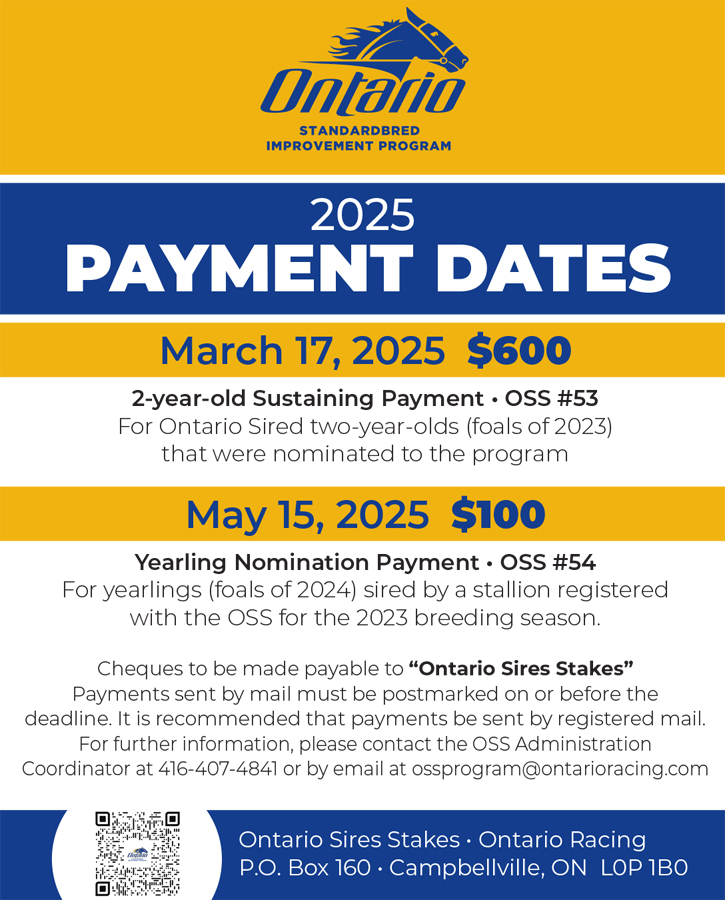
Hold off on the “Lazarus is the second coming” expectations in the U.S.
Recent Down Under stars have not delivered on unrealistic projections.
by Brett Sturman
With news this week that New Zealand pacing super horse Lazarus will be heading to the United States for a brief, but ambitious, campaign later this year to close out his racing career, biblical expectations are already being set sky high by those closest to him.
A press release issued on behalf of new owners Taylor Made Stallions noted that in addition to supplementing to the Breeders Crown, that Lazarus “will be pointed for the Red Mile’s Grand Circuit meet in a direct attempt to lower the existing world standard of 1:46 set there in 2016 by Always B Miki.”
Lazarus will be trained in the U.S. by Always B Miki’s last conditioner, Jimmy Takter.
As someone with a tremendous amount of appreciation for foreign racing, I’d love nothing more than for Lazarus to pace in 1:45.3 at the Red Mile and then win the Breeders Crown at Pocono by a Secretariat-at-Belmont winning margin. The only problem is that it almost certainly isn’t going to happen.
The intent is to line up Lazarus (Bettors Delight– Bethany– Christian Cullen NZ) as the first New Zealand-bred horse to serve as a shuttle stallion; standing in both hemispheres at different times of the year. Already well positioned to do just that, being able to impress in the States would only add to his already impressive appeal.
Regarded as arguably the best horse ever from the southern hemisphere, it would be foolish to doubt Lazarus’ ability based on his career accomplishments. A winner 35 times in 45 races, he’s New Zealand’s richest horse ever with $3.8 million in earnings ($2.6 million USD). His fastest mile-rated winning time was 1:49 in Australia, which up until not too long ago was a time unheard of in those parts.
Despite all the accolades and Group One wins, perhaps it was a defeat from earlier this year that best added to the lure of Lazarus. In the $300,000 (AUD) Group One Fremantle Cup in Australia, Lazarus got caught three-wide immediately from the onset and was forced to race three wide the entire length of the 1 and 5/8th mile race. Lazarus was nosed out by a horse that came from off him, but the three-wide trip earned admiration and if you think about it was kind of reminiscent of a more familiar three-wide trip – Always B Miki in the 2014 Meadowlands Pace.
What Lazarus has going against him, however, is history. There’s been a long line of highly-regarded Australasian horses to come to North America with the loftiest of expectations, only to never deliver.
It’s always a mystery as to how Down Under horses will acclimate here. It was just a few short weeks ago when former dominant Group One winner Waikiki Beach was brought here to compete in the Levy. After an impressive beginning to his stateside career at Pompano, he quickly fizzled out when moving north and has looked lost since. But as the most obvious example of how things may not pan out, it’s already been seven years now since the highest regarded pacing import from New Zealand came here, Auckland Reactor.
In fairness to the Mach Three horse, it became obvious that Auckland Reactor simply wasn’t the same horse by the time he left the southern hemisphere as he was there earlier in his career. But just the same, he arrived in a very similar fashion to what Lazarus will be arriving to – the intent to possibly break the (at the time) world record of 1:46:4 to improve the prospects of a breeding career, only to go back home a few races later without ever coming close to winning a race here.
Since that time, Auckland Reactor has gone on to be a nice sire of horses racing in Australia and New Zealand producing multiple Group One winners early in his stallion career. But for Lazarus, the goal is to sire both there and in North America.
And maybe Lazarus is a better horse than Auckland Reactor was. Lazarus is faster than Auckland Reactor ever was, but even with that said, when was the last time a New Zealand import was able to beat the true free-for-all types in North America? Young Quinn in the 1970s or Cardigan Bay in the 1960s? That’s an awful long way to go back in history to find a winning precedent to point to.
The good news for Lazarus is that if he comes here true to his Down Under form, he should be reasonably expected to beat what the older pacing division here has to offer. While far from a disgraced group of aged pacers, there aren’t any Always B Miki’s in the group or other types of true killers that he’ll have to contend with.
Based on everything we’ve seen and heard, Lazarus “should” win the races he’s sent to later this year. I would think that if Lazarus is his usual self and for whatever reason still can’t adapt to win at the Red Mile or the Breeders Crown at Pocono, then that may have the ability to slightly diminish his standing.
The world record is a completely different story. For Lazarus to win at the Red Mile, by default he’d likely win in the 1:47 to 1:48 range provided that the weather is agreeable. But he’s not likely to approach 1:46 and almost certainly not break it for many of the reasons I talked about in this column last year (full column here).
If Lazarus were to dominate his competition here and even come close to 1:46 in a limited number of starts, he’ll go down as one of the all-time greats anywhere in the world.
To say that I don’t think it will happen doesn’t mean that I don’t want it to; quite the contrary. It’s rare in horse racing that deals like these come together. Horses with nothing more to prove don’t often travel outside of their safer and friendlier confines to take on unnecessary risks, so situations like this should be enjoyed and appreciated.
In recent years, I’ve bought into the hype for similar horses as Lazarus, so for now I’m skeptical. I would love nothing more than to be proven wrong.












